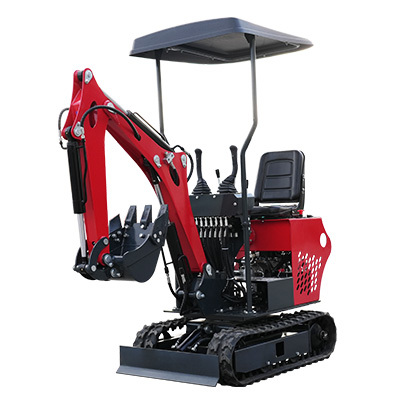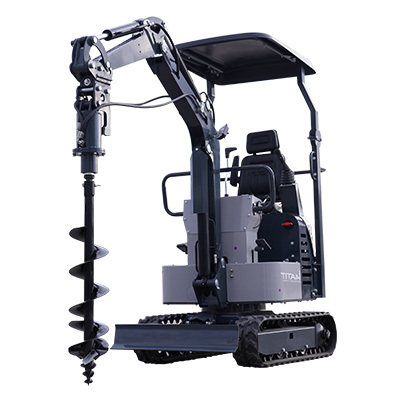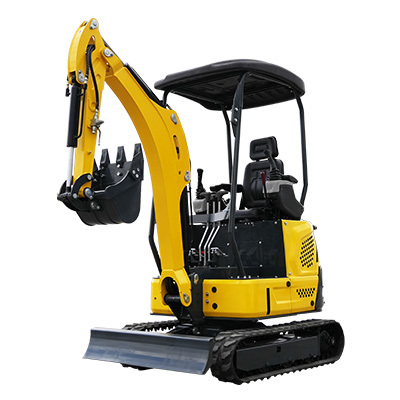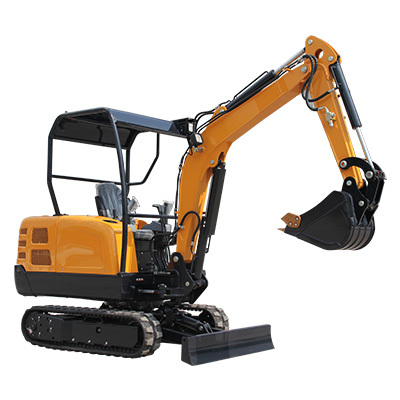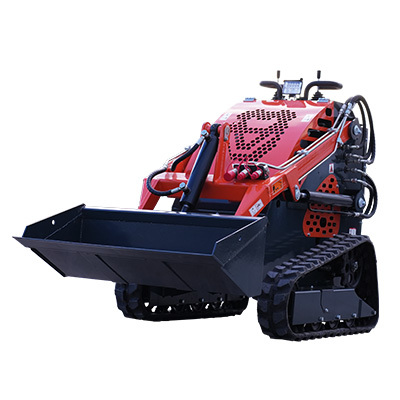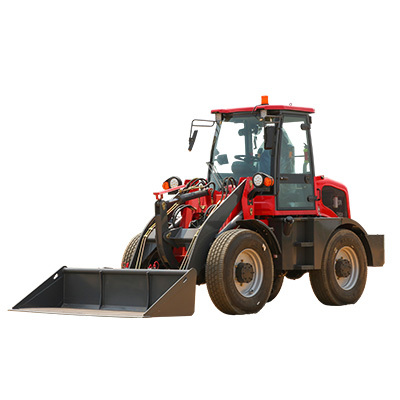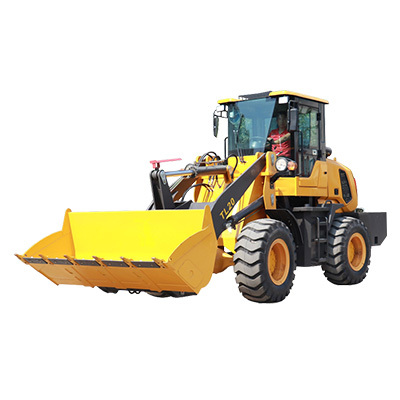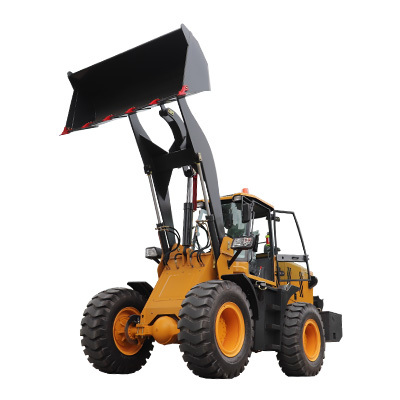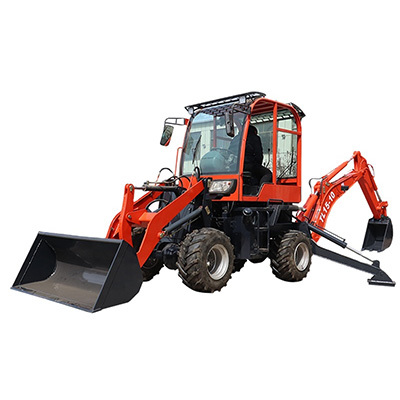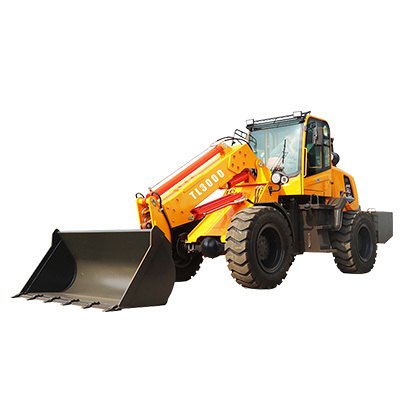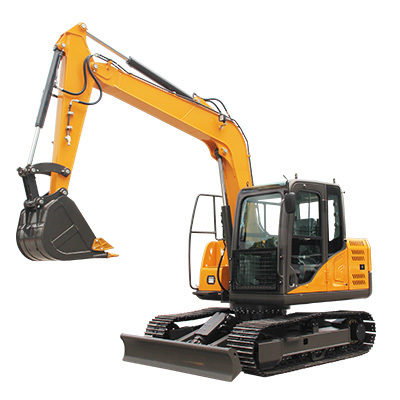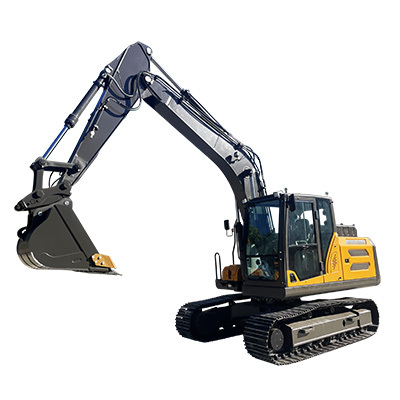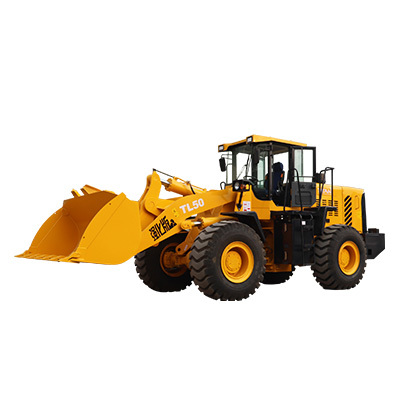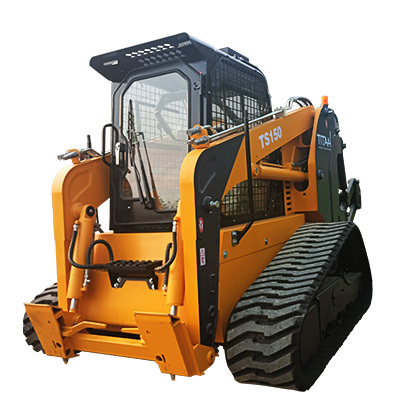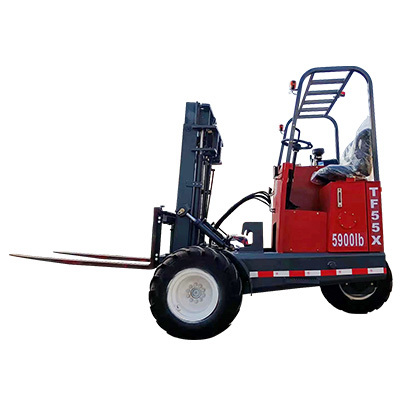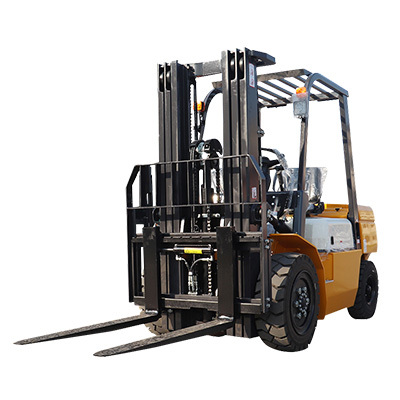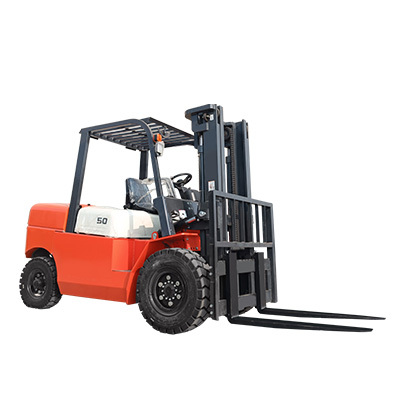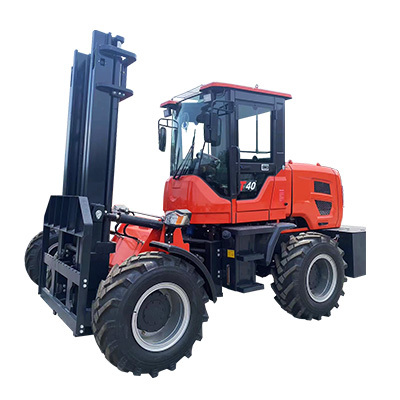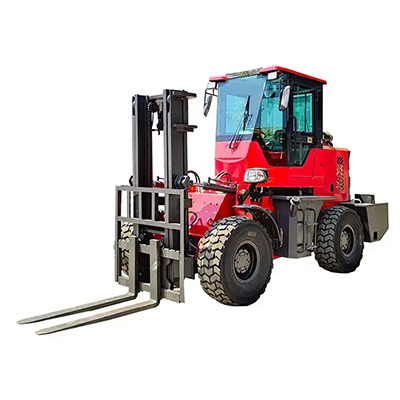Optimizing Your Operations with Advanced Materials Handling Equipment
Release time:
2025-07-09
Summary
In today’s fast-paced logistics environment, the role of materials handling equipment cannot be overstated. This category encompasses a wide range of tools and systems designed to facilitate the movement, protection, storage, and control of materials throughout the manufacturing, warehousing, and distribution processes. Understanding the significance, types, and innovations in materials handling e
In today’s fast-paced logistics environment, the role of materials handling equipment cannot be overstated. This category encompasses a wide range of tools and systems designed to facilitate the movement, protection, storage, and control of materials throughout the manufacturing, warehousing, and distribution processes. Understanding the significance, types, and innovations in materials handling equipment is essential for industry professionals aiming to optimize their operations.
There are several categories of materials handling equipment that organizations should consider. **Manual handling equipment**, such as hand trucks and pallet jacks, are fundamental for small-scale operations and can significantly reduce labor costs. **Automated systems**, like conveyor belts and automated guided vehicles (AGVs), are pivotal for larger warehouses, enhancing speed and accuracy in material movement.
One of the most critical aspects of materials handling is safety. Proper training and adherence to safety protocols can mitigate the risks associated with manual handling equipment. Additionally, investing in ergonomically designed tools can reduce the strain on workers, leading to lower injury rates and improved morale.
Furthermore, innovation in materials handling equipment is on the rise, with technology playing a central role. The integration of IoT (Internet of Things) and AI (Artificial Intelligence) in handling equipment offers real-time data analytics, allowing for better inventory management and operational insights. These technologies can help optimize routes within warehouses, reduce time spent on material handling, and ensure effective tracking of goods.
In the realm of sustainability, selecting the right materials handling equipment can also contribute to reducing a company’s carbon footprint. Electric forklifts and battery-powered equipment minimize emissions, aligning with environmental goals and regulatory standards. Additionally, companies can benefit from using durable and recyclable materials in their equipment, further enhancing sustainability.
When considering materials handling equipment, professionals must also account for scalability. As businesses grow, the demands on their operations change. Therefore, investing in adaptable and versatile equipment can provide a long-term solution that keeps pace with growth and innovation in logistics.
In summary, optimizing materials handling equipment is vital for enhancing efficiency, safety, and sustainability within the transportation and warehousing sectors. By understanding the various types of equipment available, leveraging technological advancements, and focusing on safety and scalability, professionals can significantly improve their operational outcomes. This holistic approach to materials handling will not only streamline processes but also foster a more productive and sustainable work environment.
Back to list
There are several categories of materials handling equipment that organizations should consider. **Manual handling equipment**, such as hand trucks and pallet jacks, are fundamental for small-scale operations and can significantly reduce labor costs. **Automated systems**, like conveyor belts and automated guided vehicles (AGVs), are pivotal for larger warehouses, enhancing speed and accuracy in material movement.
One of the most critical aspects of materials handling is safety. Proper training and adherence to safety protocols can mitigate the risks associated with manual handling equipment. Additionally, investing in ergonomically designed tools can reduce the strain on workers, leading to lower injury rates and improved morale.
Furthermore, innovation in materials handling equipment is on the rise, with technology playing a central role. The integration of IoT (Internet of Things) and AI (Artificial Intelligence) in handling equipment offers real-time data analytics, allowing for better inventory management and operational insights. These technologies can help optimize routes within warehouses, reduce time spent on material handling, and ensure effective tracking of goods.
In the realm of sustainability, selecting the right materials handling equipment can also contribute to reducing a company’s carbon footprint. Electric forklifts and battery-powered equipment minimize emissions, aligning with environmental goals and regulatory standards. Additionally, companies can benefit from using durable and recyclable materials in their equipment, further enhancing sustainability.
When considering materials handling equipment, professionals must also account for scalability. As businesses grow, the demands on their operations change. Therefore, investing in adaptable and versatile equipment can provide a long-term solution that keeps pace with growth and innovation in logistics.
In summary, optimizing materials handling equipment is vital for enhancing efficiency, safety, and sustainability within the transportation and warehousing sectors. By understanding the various types of equipment available, leveraging technological advancements, and focusing on safety and scalability, professionals can significantly improve their operational outcomes. This holistic approach to materials handling will not only streamline processes but also foster a more productive and sustainable work environment.
More News
Compact Construction Equipment manufacturer
2025-12-09

